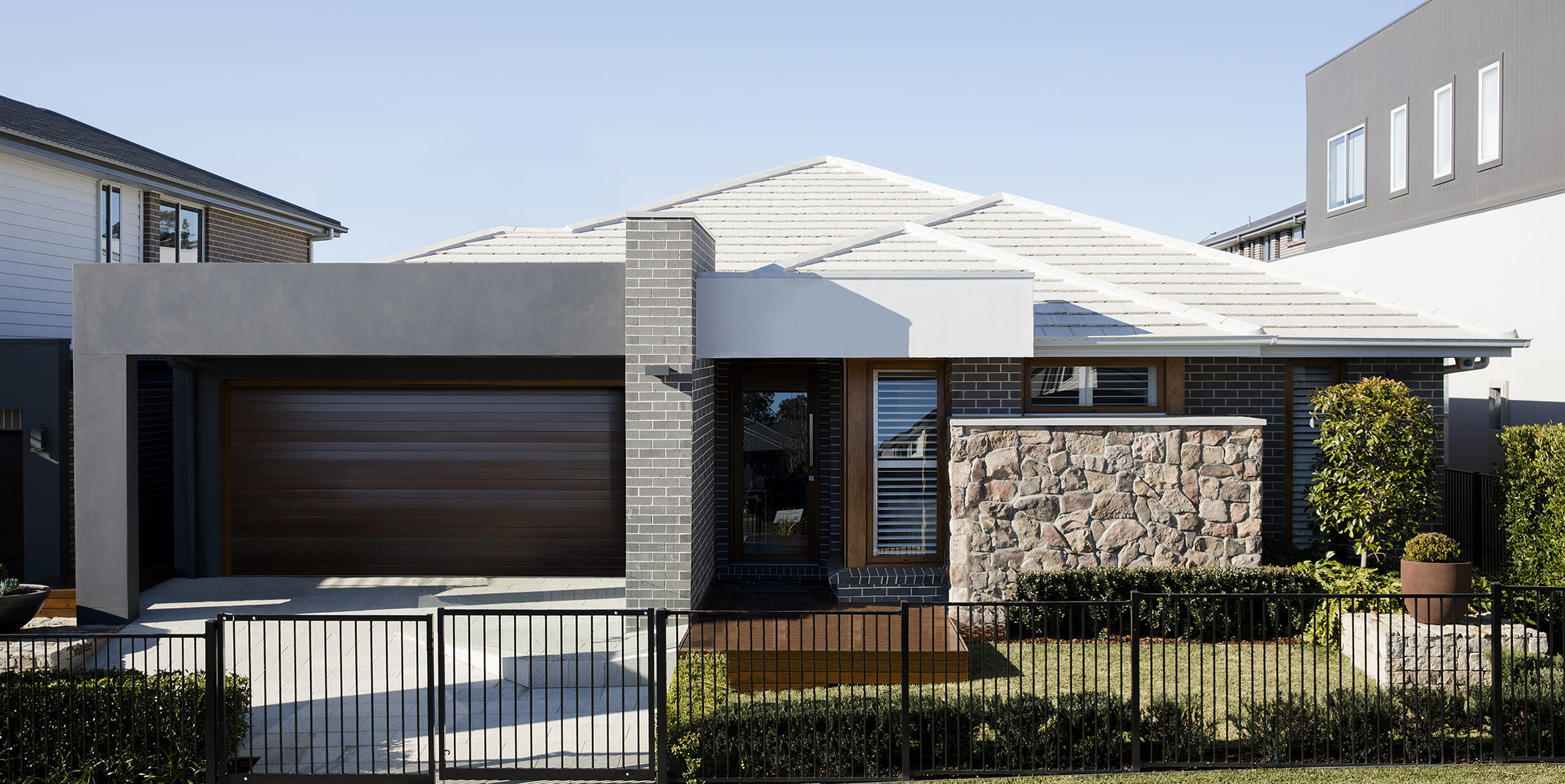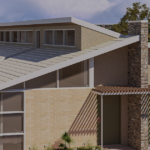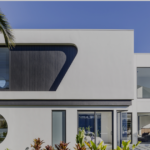1. Their insurance
Ask your builder for their licence registration number and make sure they organise insurance for the build, which will protect you if something goes wrong during or after construction – either with the company or individuals. Many builders offer insurance through reputable industry bodies such as the HIA, which specialises in the construction industry. It’s also worth chatting to your home building insurance provider when you are renovating as some policies are voided during renovation or building works.
2. Site considerations
It’s important to have your builder do a site inspection before any work is started and the contract is signed off. Challenges such as sloping land, access issues and council setbacks can make a big difference to the complexity and cost of a build. Make sure your proposed design suits your block and its orientation – chat to your architect or designer if you have any concerns.
3. Council regulations and approvals
Local councils throughout Australia vary in the sorts of approvals they need and the types of buildings that are likely to cause concern. It’s a good idea to drive around your neighbourhood and take note of any new builds to see what has been allowed by council – things such as setbacks (front and sides), cladding used, heritage considerations and even roof colour can influence the speed and success of your approval. Make sure you budget for the DA (Development Application) costs too. Most councils charge a fee dependent on the value of the building work, so a new build is likely to be more expensive.






